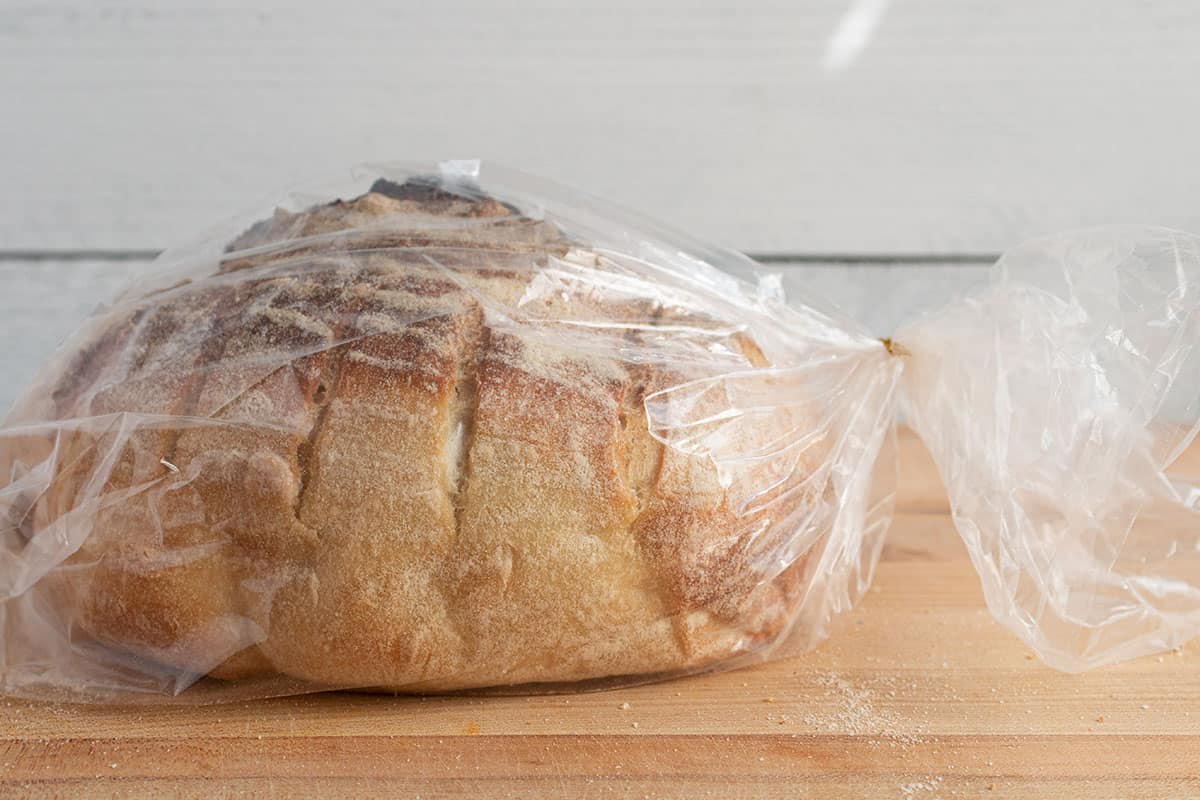

Articles
How To Store Sourdough Bread
Modified: February 23, 2024
Learn the best practices and tips for storing sourdough bread in this comprehensive guide. Find articles and advice on how to keep your sourdough bread fresh and delicious.
(Many of the links in this article redirect to a specific reviewed product. Your purchase of these products through affiliate links helps to generate commission for Storables.com, at no extra cost. Learn more)
Introduction
Welcome to the world of sourdough bread! With its tangy flavor and chewy texture, sourdough bread has become a popular choice for bread lovers around the globe. But what happens when you have more bread than you can eat in one sitting?
Storing sourdough bread properly is crucial to maintain its freshness and flavor. Whether you’ve baked it yourself or purchased it from a bakery, knowing the right storage methods will help you enjoy your sourdough bread for days to come.
In this article, we will delve into the various ways to store sourdough bread and provide you with the essential tips and tricks to maximize its shelf life. From choosing the right storage container to exploring room temperature, refrigeration, and freezing methods, we’ve got you covered.
So, let’s dive in and learn how to store sourdough bread to ensure it stays delicious and enjoyable for as long as possible.
Key Takeaways:
- Properly storing sourdough bread is crucial to maintain its unique flavor and texture, prevent mold growth, reduce food waste, and save money on frequent repurchases. Follow the right storage methods to enjoy it for longer.
- Choose the right storage container, consider room temperature, refrigeration, or freezing methods, and follow essential tips to maintain the freshness of your sourdough bread. With proper storage and handling, you can savor its delicious flavors for an extended period.
Read more: How To Store Sourdough
Why Store Sourdough Bread Properly?
Properly storing sourdough bread is essential for several reasons. Firstly, it helps to maintain the bread’s freshness and flavor. Sourdough bread is known for its unique taste, achieved through the fermentation process. If not stored correctly, the bread can become stale, lose its tanginess, and become dry and unappetizing.
Secondly, storing sourdough bread properly helps to prevent mold growth. Sourdough bread contains natural yeast and bacteria cultures, which are responsible for its distinct flavor and texture. However, these cultures can also cause the bread to spoil more quickly. By following the right storage methods, you can slow down the growth of mold, keeping your bread safe to consume.
Additionally, proper storage can help you reduce food waste. Sourdough bread is often baked in larger quantities, and while it can be enjoyed fresh, it’s not uncommon to have leftover slices or loaves. By storing the bread correctly, you can extend its shelf life and enjoy it over a longer period, minimizing waste.
Lastly, by knowing how to store sourdough bread, you can save money. Buying quality sourdough bread can be an investment, especially if you’re purchasing it from artisan bakeries. By storing it properly, you can make sure it remains fresh and delicious, allowing you to savor every bite without the need for frequent repurchases.
Now that we understand the importance of proper storage, let’s explore the different methods and containers you can use to store your sourdough bread.
Choosing the Right Storage Container
When it comes to storing sourdough bread, choosing the right container is key. The container you use should provide enough airflow to prevent condensation and mold growth while keeping the bread protected from drying out.
One popular option is a bread box. A bread box is designed to allow air circulation while shielding the bread from direct sunlight and moisture. Look for a bread box with ventilation holes or slits to prevent the bread from becoming overly moist.
If you don’t have a bread box, you can also store sourdough bread in a paper bag. The paper bag absorbs excess moisture, preventing the bread from becoming soggy. However, keep in mind that the paper bag can also dry out the bread faster, so it’s best to use this method for short-term storage.
Another effective option is a resealable plastic bag. This bag will help maintain the bread’s moisture levels and prevent it from drying out. Make sure to squeeze out any excess air before sealing the bag to create a tight seal.
Avoid storing sourdough bread in plastic bread bags that come from the grocery store. These bags aren’t designed for long-term storage and may cause the bread to become stale more quickly.
Now that we’ve covered the various storage container options, let’s discuss the different methods for storing sourdough bread at room temperature.
Room Temperature Storage Options
Storing sourdough bread at room temperature is the preferred method if you plan to consume it within a few days. It allows the bread to retain its texture and flavor without the risk of drying it out.
One option is to store the bread in a bread box. Place the loaf or slices of sourdough bread inside the bread box and close the lid to provide protection from light and moisture. Remember to keep the bread box in a cool, dry place away from direct sunlight or heat sources.
If you don’t have a bread box, you can use a paper bag. Gently place the sourdough bread inside the paper bag and fold the opening closed. The paper bag will allow for some airflow while preventing the bread from drying out. Remember to keep the bag away from heat or humidity-prone areas like the kitchen stove or sink.
Alternatively, you can use a clean kitchen towel or cloth to wrap the bread. This method is ideal for smaller portions or slices. Wrap the bread tightly in the cloth, ensuring there are no openings or exposed areas. Place the wrapped bread in a cool, dry place away from direct sunlight.
It’s important to note that storing sourdough bread at room temperature is suitable for short-term storage. The bread is best consumed within 2-3 days to ensure optimal freshness and taste. If you have more bread than you can consume within that time frame, it’s recommended to consider alternative storage methods, such as refrigeration or freezing.
Now, let’s explore the options for storing sourdough bread in the refrigerator.
After the sourdough bread has cooled completely, store it in a paper bag or a bread box at room temperature to maintain its crustiness and prevent it from becoming too soft. Avoid storing it in plastic, as it can make the crust soggy.
Refrigeration Methods for Sourdough Bread
Refrigerating sourdough bread can help extend its shelf life beyond a few days. However, it’s important to note that refrigeration can cause the bread to lose some of its moisture and become slightly firmer. Nevertheless, it’s a suitable option if you need to store your sourdough bread for a longer period.
Before refrigerating sourdough bread, make sure it’s properly cooled to room temperature. Placing warm bread in the refrigerator can create condensation, leading to a soggy texture and mold growth.
To store sourdough bread in the refrigerator, wrap the loaf or slices tightly in plastic wrap or aluminum foil. This will help to retain moisture and prevent the bread from absorbing odors from other foods in the fridge. Alternatively, you can place the bread in a resealable plastic bag.
It’s important to note that while refrigeration can keep the bread fresh for an extended period, it may also slightly alter the taste and texture. To regain some of the bread’s softness, you can briefly warm it up in the oven before consuming.
Keep in mind that refrigeration is recommended for longer-term storage rather than for bread that will be consumed within a few days. If you don’t anticipate consuming the bread within a week, it’s best to consider freezing it.
Now, let’s dive into the freezing method for sourdough bread.
Read more: How To Store A Loaf Of Sourdough
Freezing Sourdough Bread
Freezing is an excellent option for long-term storage of sourdough bread. When done correctly, freezing can preserve the bread’s freshness and flavor for several weeks or even months.
Before freezing sourdough bread, ensure that it’s completely cooled. If the bread is still warm, condensation will form inside the packaging, leading to a loss of quality.
One method to freeze sourdough bread is to slice it before freezing. This allows you to thaw individual slices as needed, without the need to defrost the entire loaf. Place the slices in a freezer-safe bag or wrap them tightly in plastic wrap. Make sure to remove as much air as possible before sealing the bag to prevent freezer burn.
If you prefer to freeze the entire loaf, wrap it tightly in a couple of layers of plastic wrap or aluminum foil. Again, remove as much air as possible to maintain the bread’s quality. For extra protection, you can place the wrapped loaf inside a resealable plastic bag or freezer-safe container.
When you’re ready to enjoy the frozen sourdough bread, remove it from the freezer and let it thaw at room temperature. It’s best to thaw the bread without unwrapping it to prevent moisture loss. Once thawed, you can briefly warm the bread in the oven to regain its crustiness.
It’s important to note that although freezing can help preserve sourdough bread, it’s best to consume it within a few months for optimal taste and texture. Over time, the bread may lose some of its moisture and become slightly stale.
Now that you’re equipped with the knowledge of how to freeze sourdough bread, let’s move on to some essential tips for maintaining freshness.
Tips for Maintaining Freshness
To ensure the maximum freshness and quality of your sourdough bread, follow these helpful tips:
- Store freshly baked bread unwrapped: Allow the bread to cool completely before storing it. Wrapping freshly baked bread while it’s still warm can trap moisture and lead to a soggy texture.
- Avoid storing near heat or moisture: Keep sourdough bread away from direct sunlight, stovetops, or sinks. Heat and moisture can accelerate the growth of mold and make the bread go stale faster.
- Do not refrigerate fresh bread: If you plan to consume the bread within a couple of days, avoid refrigeration as it can lead to dryness and loss of freshness. Room temperature storage is suitable for short-term consumption.
- Slice before freezing: If you anticipate freezing the bread, consider slicing it before freezing. This allows for easier portioning and thawing of individual slices as needed.
- Thaw bread at room temperature: When thawing frozen sourdough bread, let it come to room temperature before consuming. This will help retain its moisture and avoid a soggy texture.
- Use airtight containers: When storing sourdough bread, whether it’s at room temperature or in the freezer, use airtight containers or bags to prevent air exposure and maintain freshness.
- Avoid slicing until ready to eat: If you’re storing a whole loaf or unsliced bread, refrain from slicing it until you’re ready to consume it. Sliced bread tends to dry out faster than unsliced bread.
- Refresh bread in the oven: If your sourdough bread has become slightly stale, you can refresh it by heating it in the oven at a low temperature for a few minutes. This can help restore some of its crustiness and revitalize the flavor.
By following these tips, you can ensure that your sourdough bread stays fresh, flavorful, and enjoyable for as long as possible. Whether you’re storing it at room temperature, in the refrigerator, or the freezer, proper storage and handling are key to maintaining its quality.
Now, armed with these tips and knowledge, you’re ready to store your sourdough bread with confidence and enjoy it at its best!
Conclusion
Properly storing sourdough bread is essential to maintain its freshness, flavor, and quality. Whether you’re a baker or a bread enthusiast, knowing the right storage methods can ensure that your sourdough bread stays delicious and enjoyable for days to come.
In this article, we discussed the importance of storing sourdough bread properly and explored various storage options. We learned about choosing the right storage container, including bread boxes, paper bags, and resealable plastic bags. We also discussed the benefits of storing sourdough bread at room temperature, as well as the methods for refrigeration and freezing.
Additionally, we provided valuable tips to help maintain the freshness of your sourdough bread. From storing freshly baked bread unwrapped to avoiding heat and moisture exposure, these tips are designed to extend the shelf life and preserve the quality of your bread.
Remember to slice the bread before freezing for easier thawing, use airtight containers or bags to minimize air exposure, and refresh slightly stale bread by briefly warming it in the oven.
By following these guidelines, you can enjoy the full flavors and textures of your sourdough bread for a longer period, reducing waste and saving money in the process.
So, the next time you find yourself with more sourdough bread than you can consume in one sitting, don’t fret. Store it properly using the techniques you’ve learned here, and you’ll be able to savor your delicious homemade or store-bought sourdough bread for an extended period.
Now, go ahead and confidently store your sourdough bread, knowing that you have the knowledge and expertise to keep it fresh and tasty. Enjoy the delightful flavors of sourdough, whether it’s a simple toast, a sandwich, or a crispy slice topped with your favorite spread!
Frequently Asked Questions about How To Store Sourdough Bread
Was this page helpful?
At Storables.com, we guarantee accurate and reliable information. Our content, validated by Expert Board Contributors, is crafted following stringent Editorial Policies. We're committed to providing you with well-researched, expert-backed insights for all your informational needs.
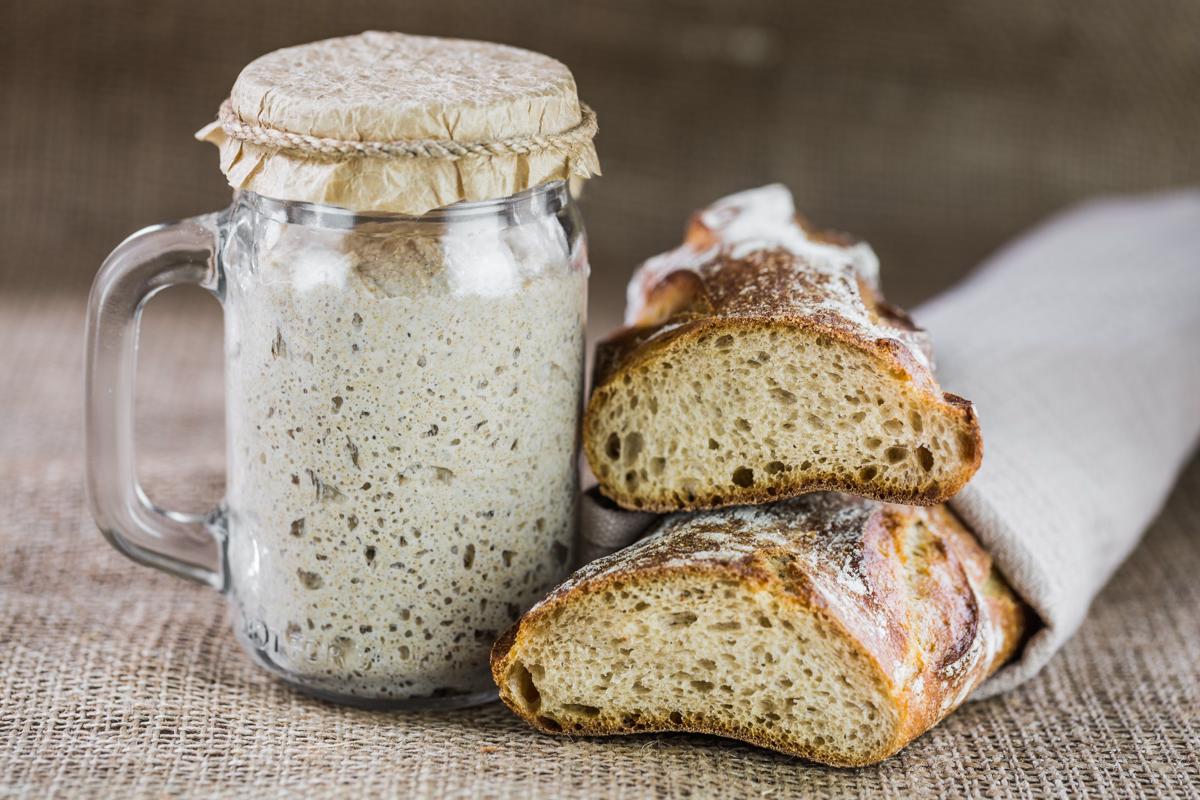
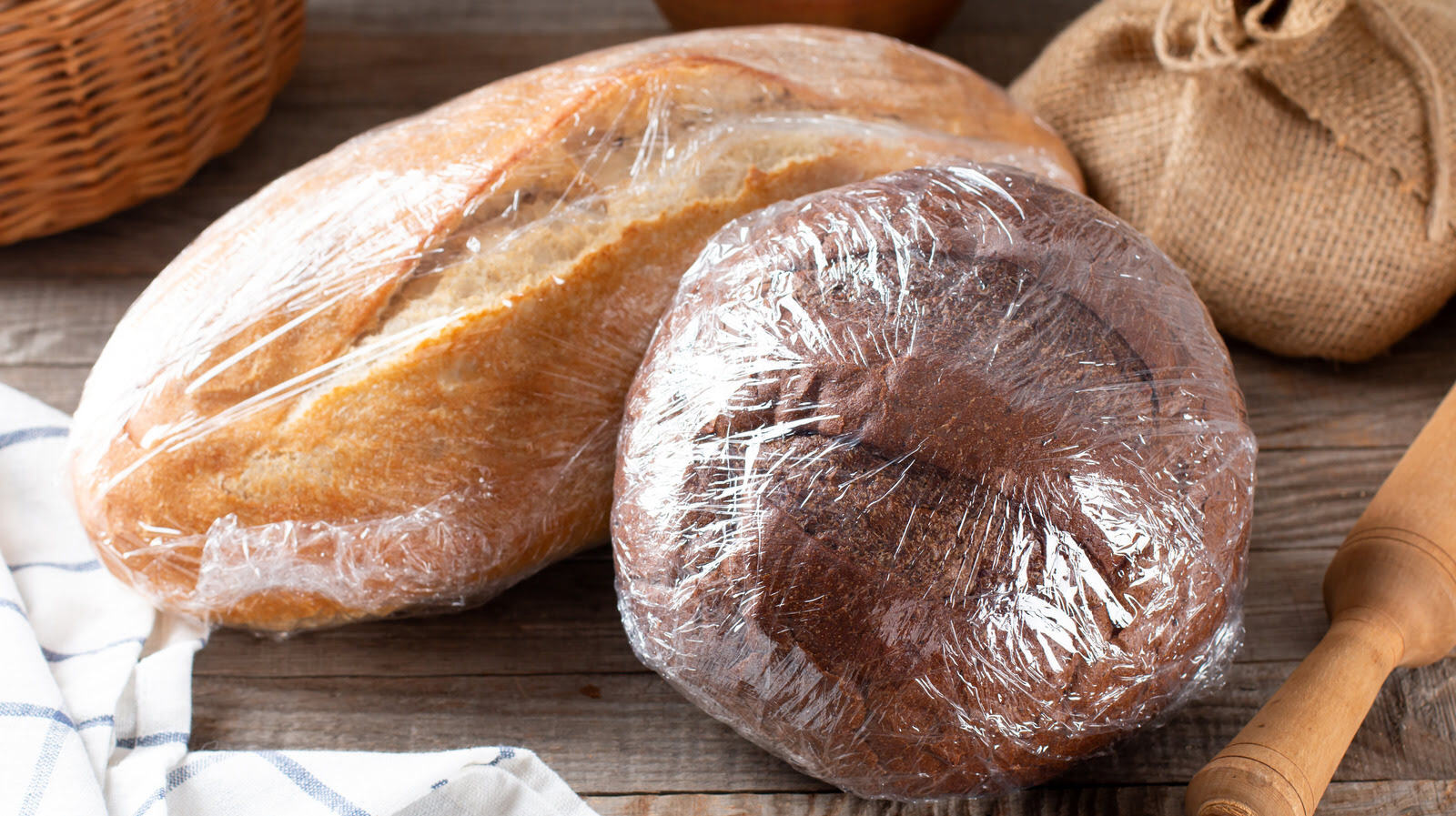
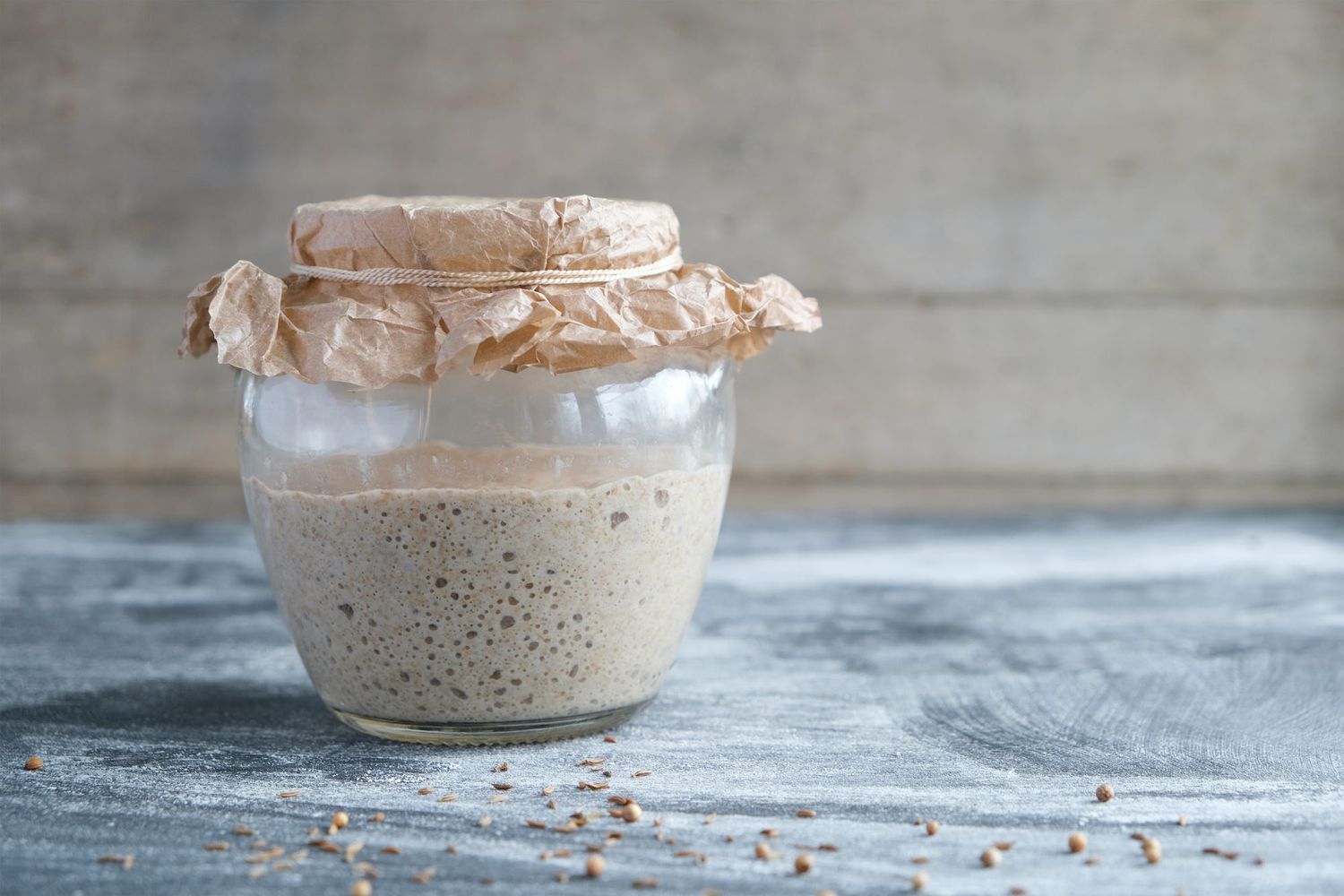

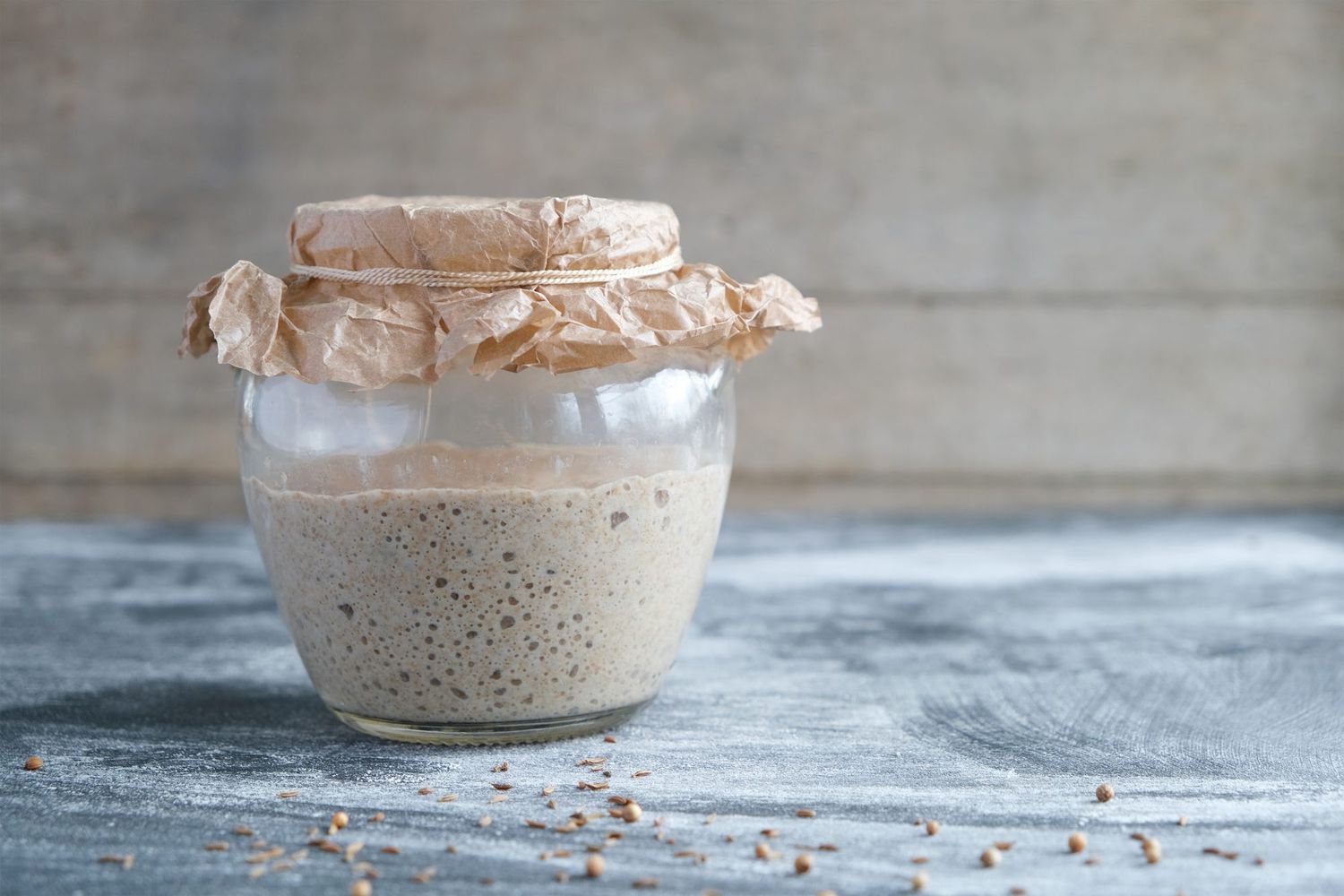



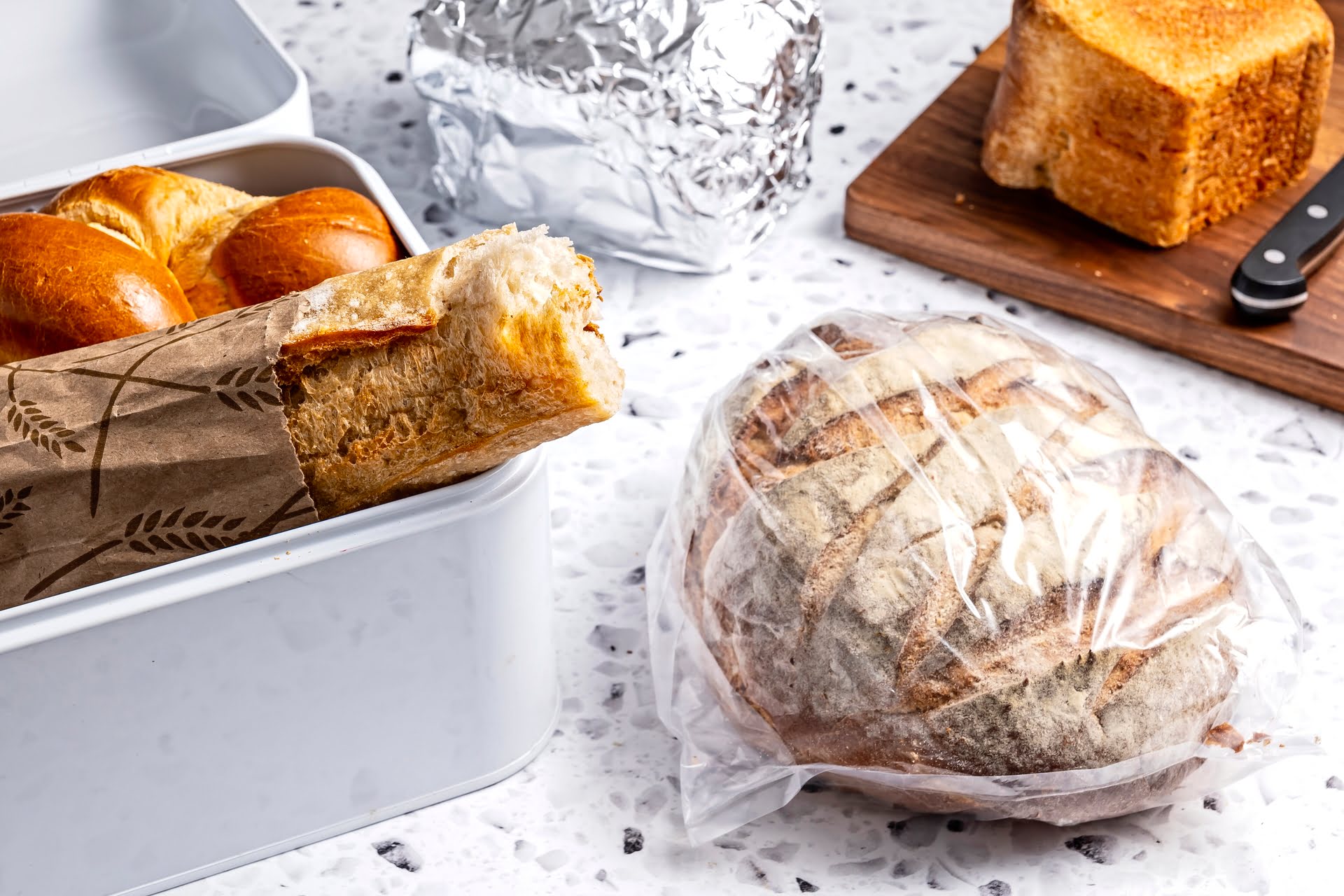
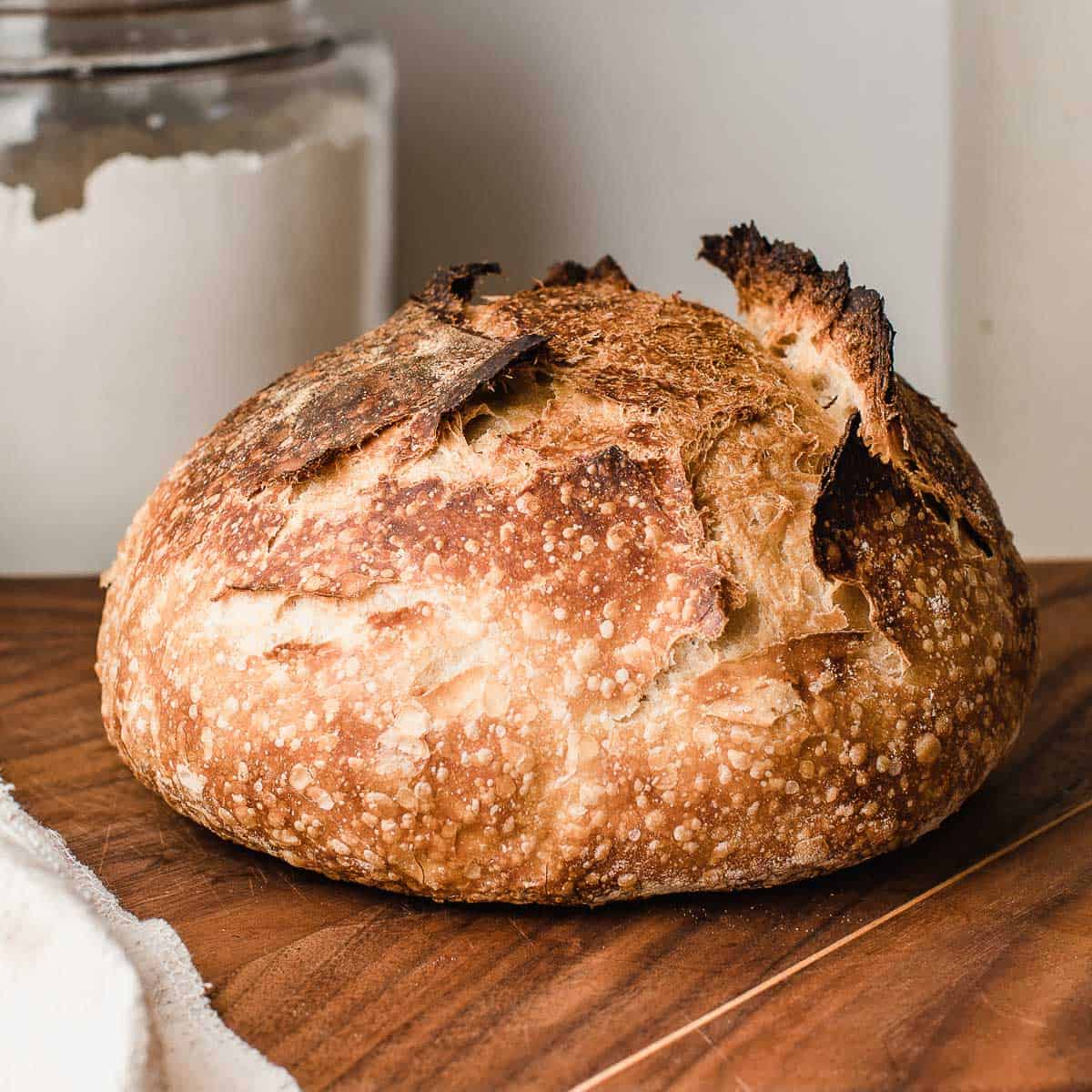
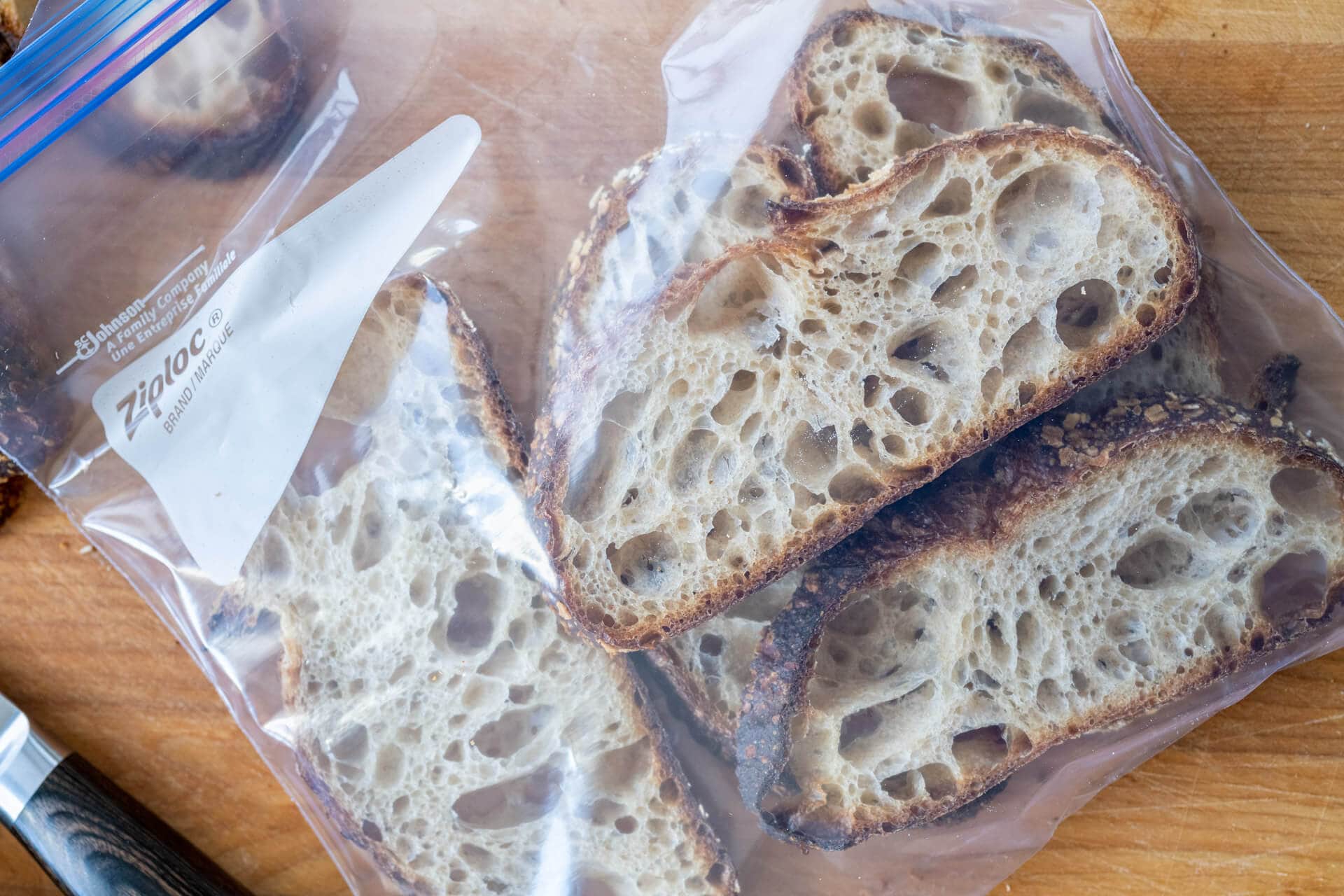

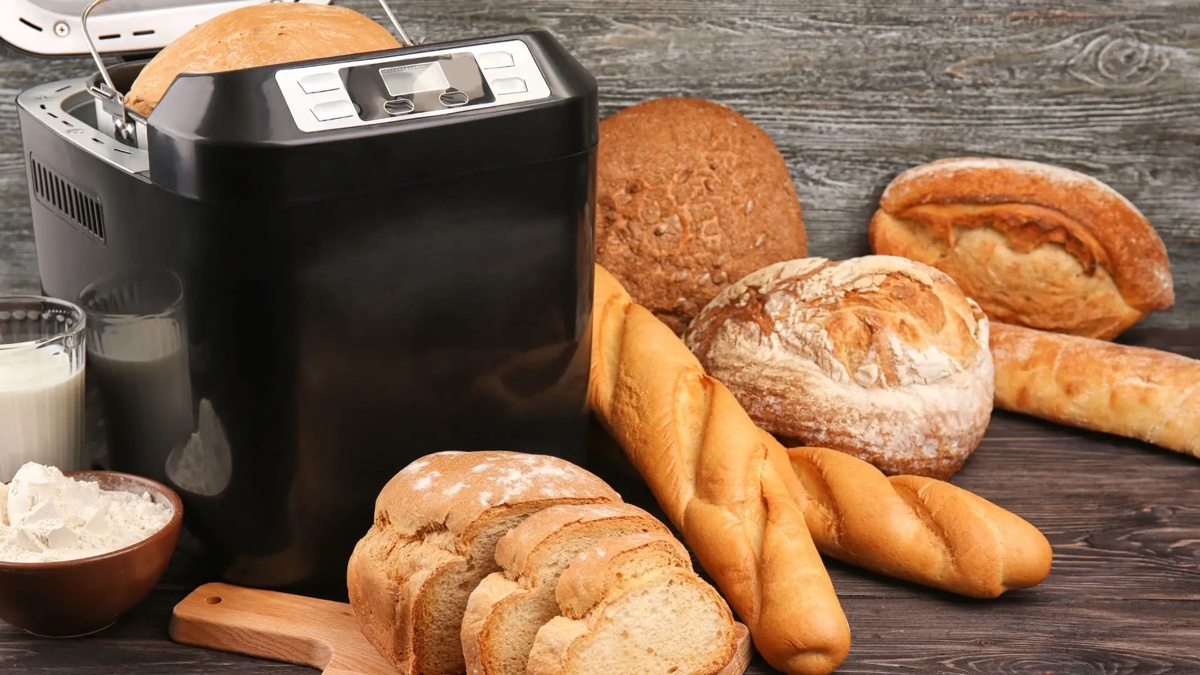
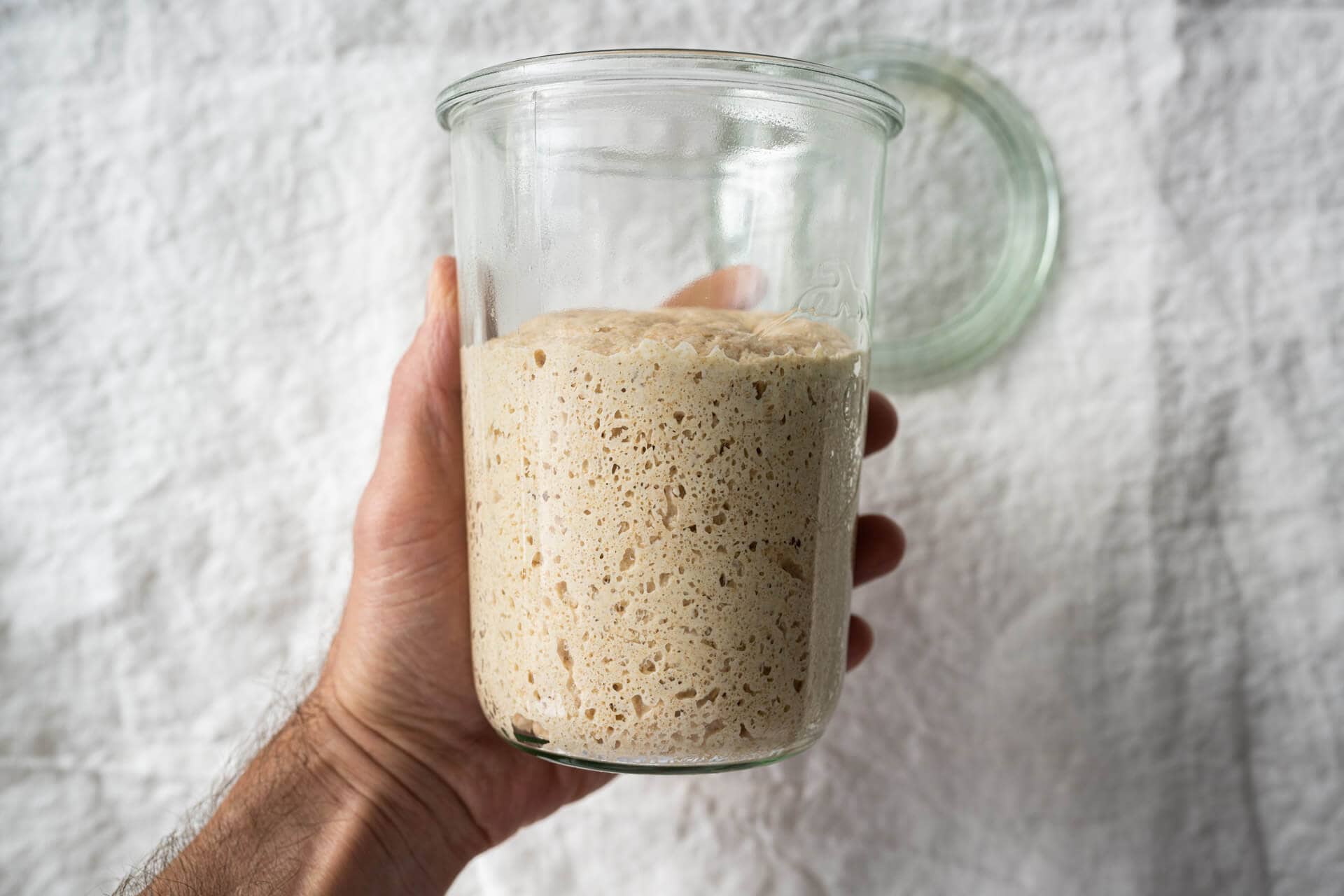

0 thoughts on “How To Store Sourdough Bread”